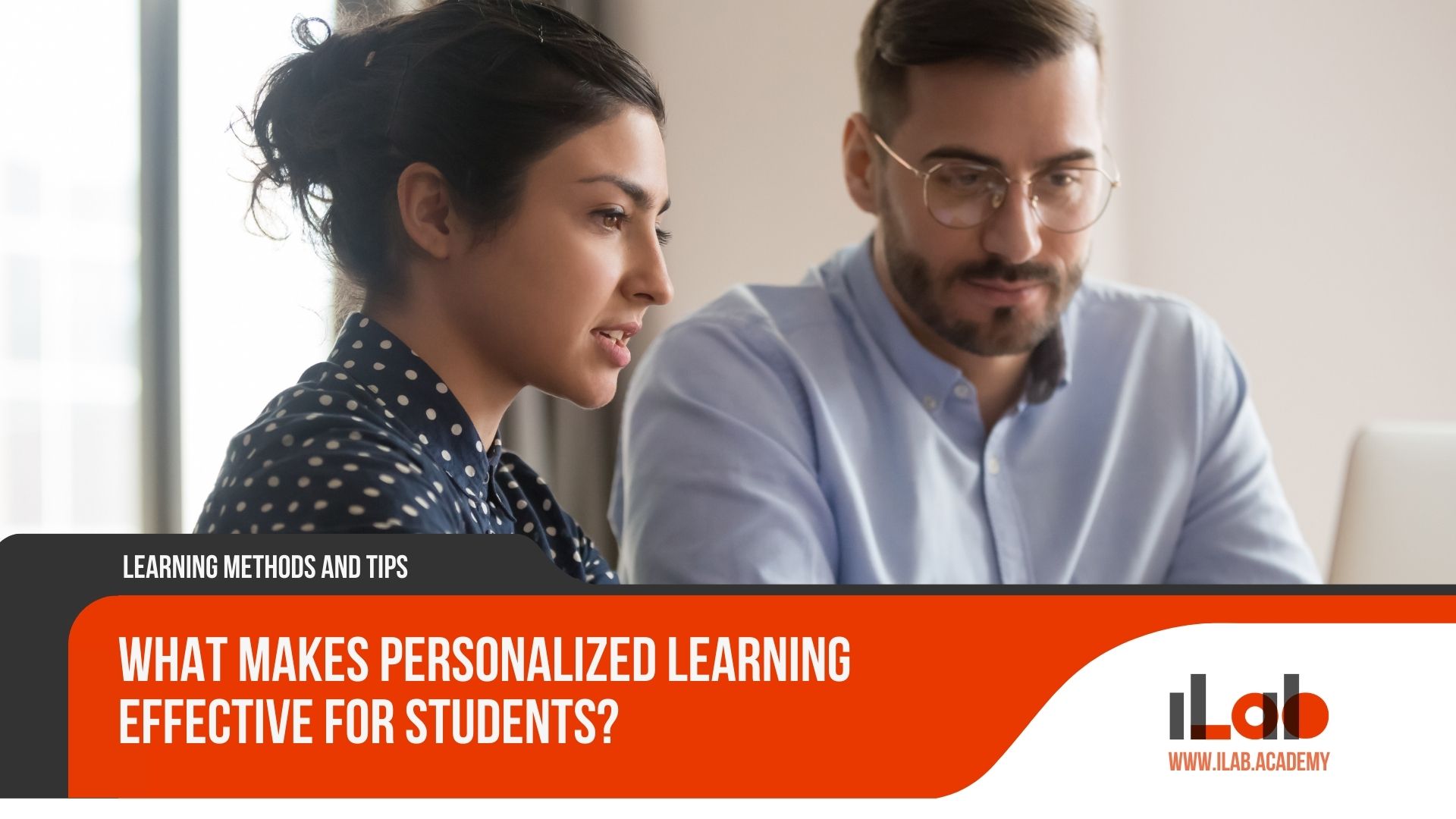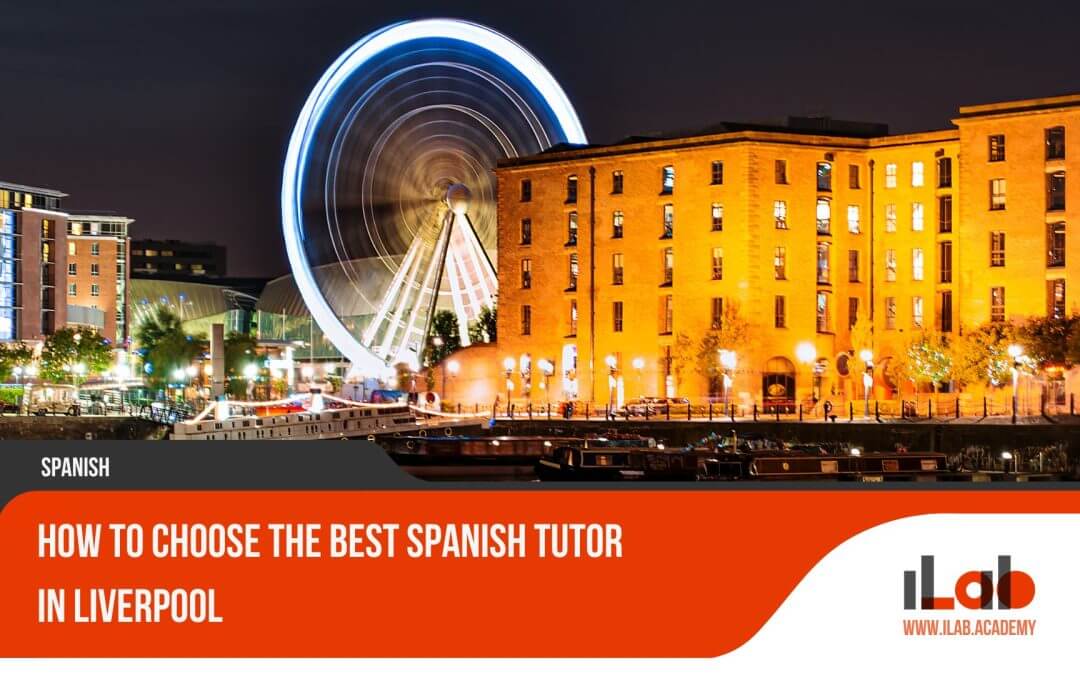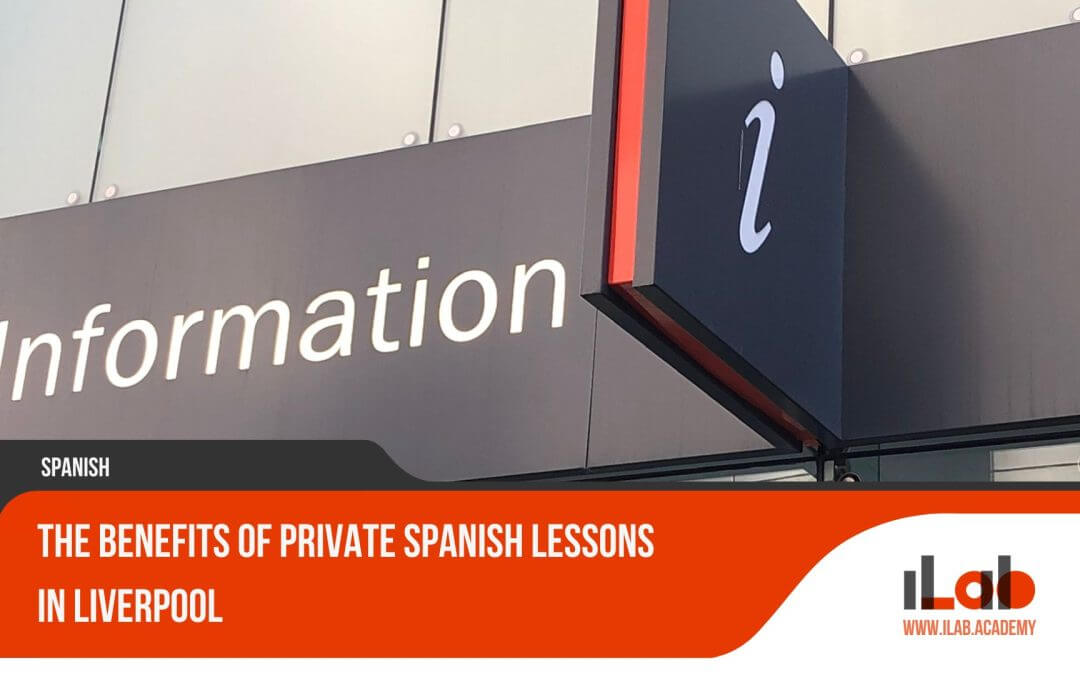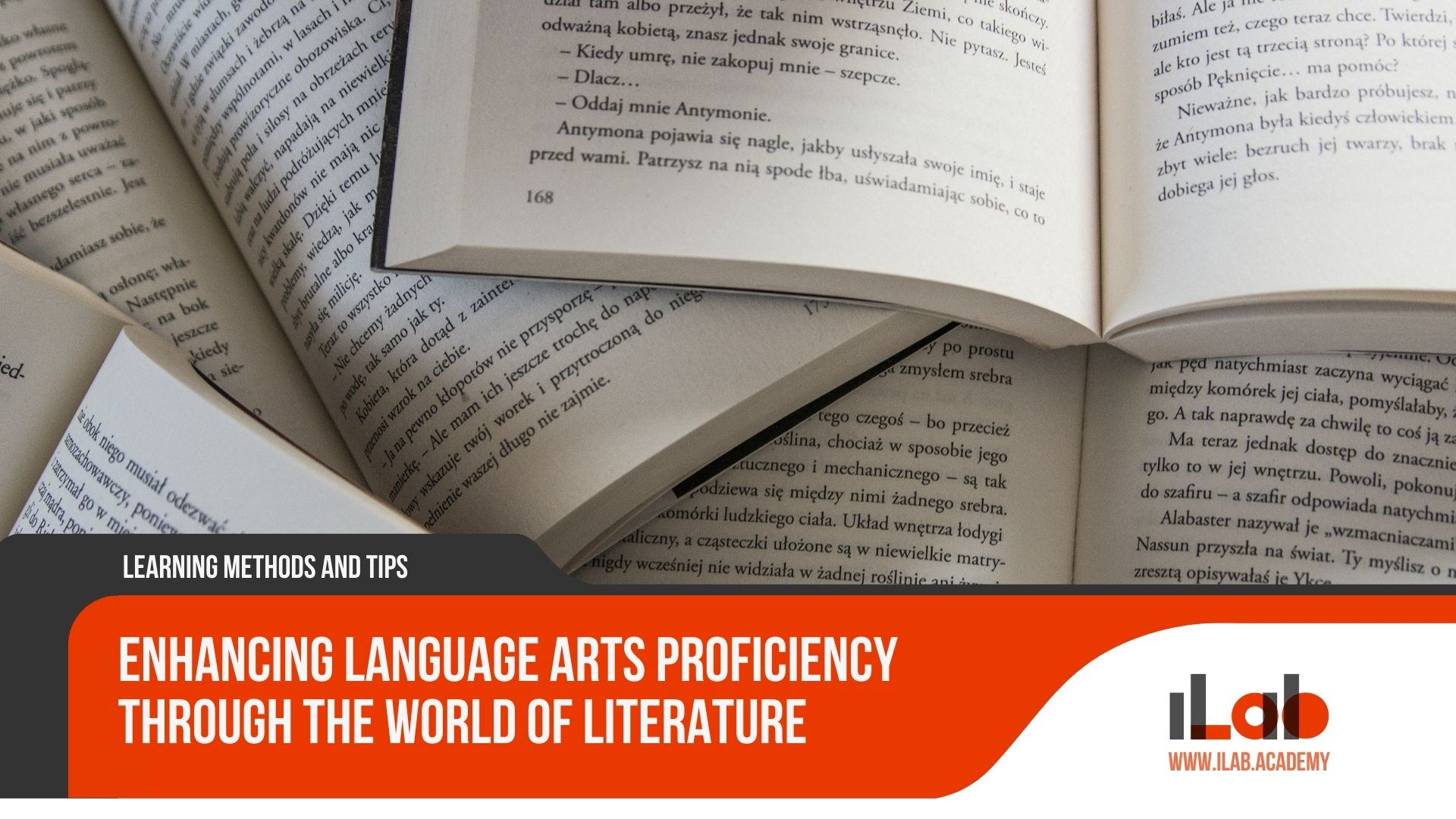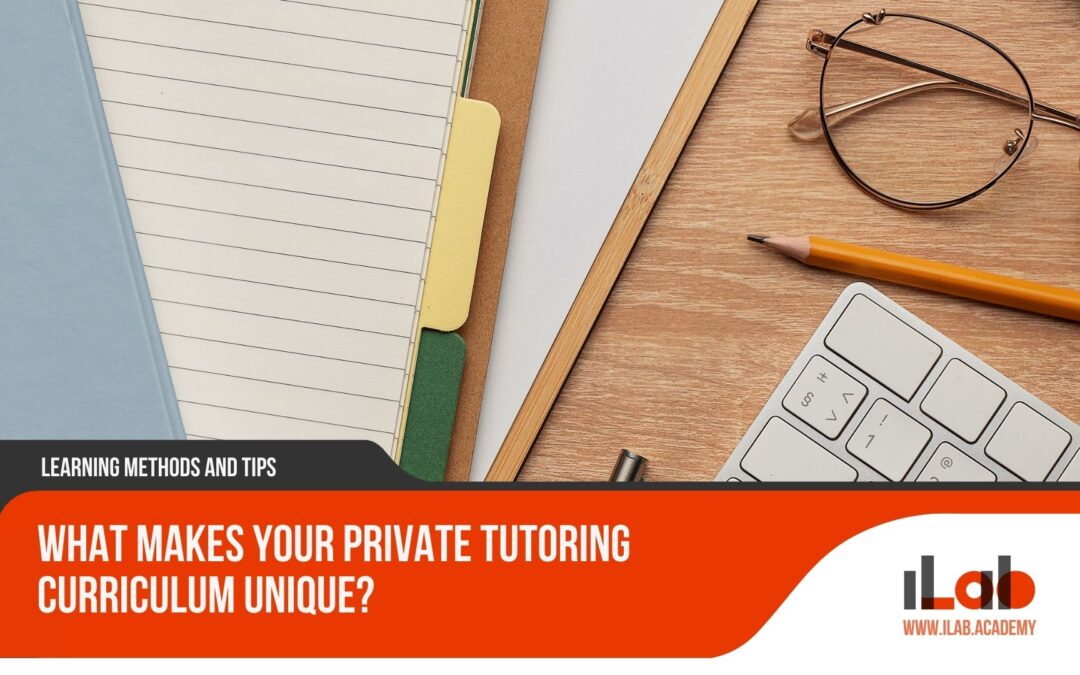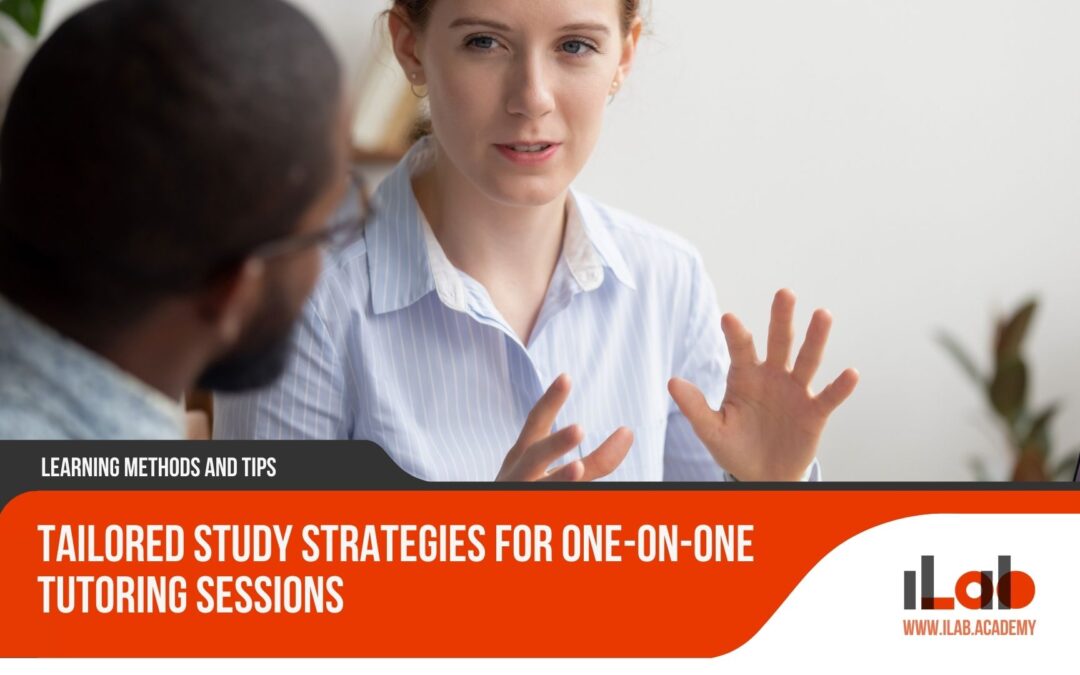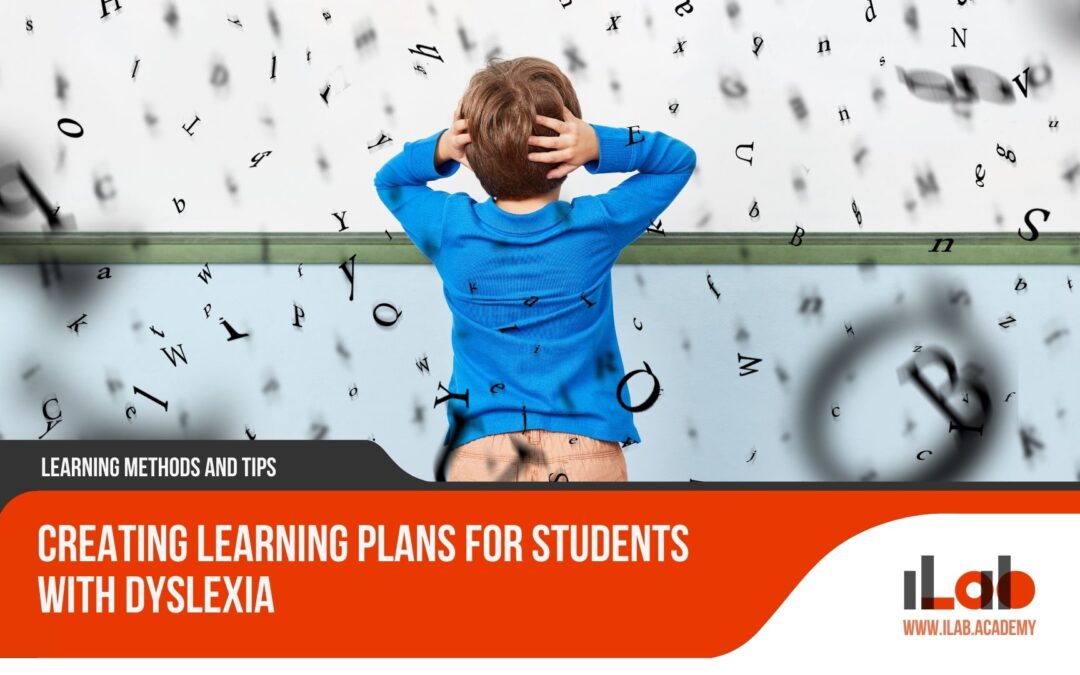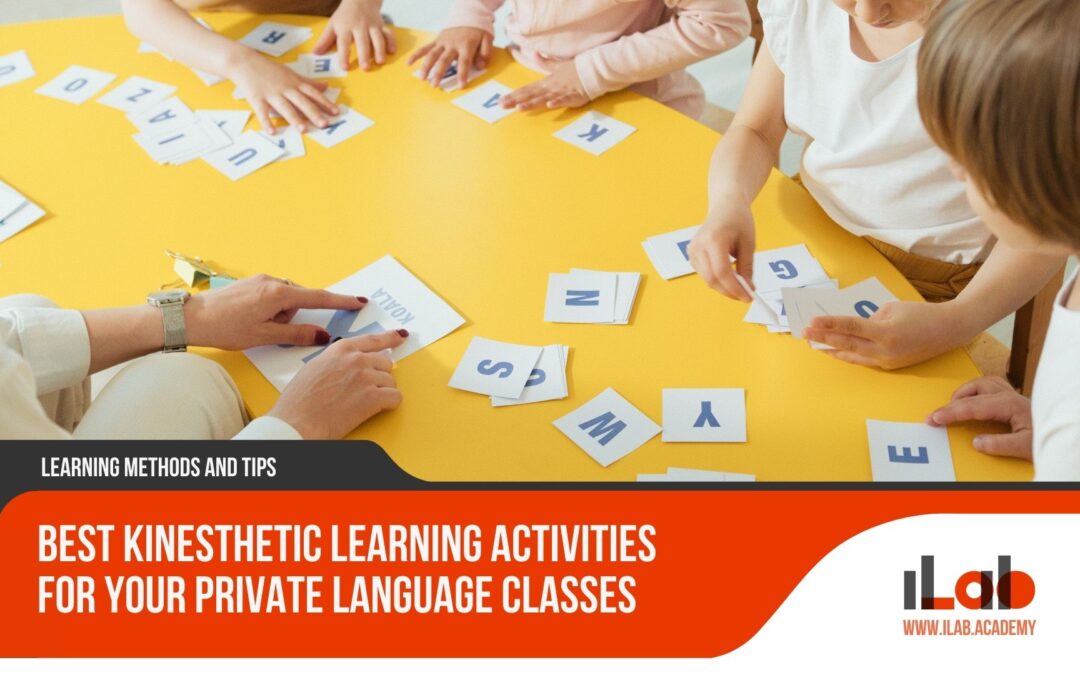Table of contents
As I navigate the sea of educational methods, I’ve found personalized learning to be an anchor in the stormy waters of one-size-fits-all teaching. It’s effective for students because it acknowledges that we all march to the beat of a different drum. By adapting to individual learning styles, personalized learning allows me to move at my own pace, dive into subjects that spark my curiosity, and use tools that cater to my unique needs. It’s more than just customization; it’s about connection. When I’m learning in a way that resonates with me, I’m more engaged, I retain information better, and I’m able to apply knowledge more effectively. Personalized learning isn’t just a teaching method; it’s a pathway to empowerment, setting the stage for a lifetime of curious, self-directed learning.
Key Takeaways
- Recognizing individual learning styles and paces enhances the effectiveness of education in personalized learning.
- Catering to specific interests and motivations makes education more relevant and engaging for students in personalized learning.
- Implementing adaptive learning technologies, such as data-driven platforms, contributes to the effectiveness of personalized learning.
- Personalized learning fosters autonomy and self-directed learning, cultivating students’ sense of responsibility and ability to manage their own education.
Recognizing Individual Learning Styles and Paces
Understanding students’ unique learning styles and paces is crucial to crafting an educational experience that maximizes their potential for success. We all process information differently; some of us are visual learners, while others absorb knowledge better through auditory means or hands-on experience. By recognizing these differences, educators can personalize their teaching methods, ensuring that each student can engage with the material in the most effective way possible.
Personalized learning takes this into account, allowing students to move through their education at a pace that suits their individual abilities and comprehension levels. It’s not about pushing every student through the same mold; rather, it’s about creating a flexible learning environment where all can thrive. When I tailor lesson plans to include a variety of instructional methods, I’m directly responding to my students’ diverse needs. This approach not only fosters better understanding and retention of information but also builds confidence as students see their own progress.
Moreover, when students are given the freedom to learn at their own pace, the pressure of keeping up with peers is lifted, and the risk of falling behind is minimized. This cultivates a classroom atmosphere where curiosity and mastery are the primary goals rather than mere completion of tasks. I’ve observed that such an environment empowers students to take greater responsibility for their learning, which is a critical step in their academic and personal development.
In essence, personalized learning is about respecting and harnessing the individuality of each student. It’s a testament to the fact that when education is tailored to personal learning styles and paces, it becomes not just a duty, but a journey of discovery and growth.
Catering to Specific Interests and Motivations
Why should I incorporate students’ personal interests and motivations into my curriculum? It’s simple: the more relevant the material, the more engaged the students. When I tailor my teaching to include topics that spark their curiosity, I’m not just imparting knowledge—I’m also fueling their desire to learn. This approach harnesses their natural inclinations and passions, transforming the learning experience from a passive activity into an active exploration.
By weaving students’ interests into the curriculum, I’m affirming their identity and giving them a voice in their education. This personal connection to the content can increase their motivation, making the learning process more enjoyable and effective. I’ve observed that when students see the real-world application of what they’re learning, their enthusiasm skyrockets. They’re more likely to invest time and effort into subjects they care about, leading to a deeper understanding and retention of information.
Furthermore, this strategy aids in developing skills beyond the curriculum, such as critical thinking and problem-solving. When students are motivated, they’re more likely to challenge themselves, ask questions, and seek out new information. This proactive approach to learning prepares them for a future where adaptability and lifelong learning are key.
Incorporating personalized learning doesn’t mean forsaking the curriculum; it means enhancing it. It’s about finding the intersection between educational goals and individual interests. As I consider how to best implement this personalized approach, I’m also looking at the next step: implementing adaptive learning technologies. These tools could further individualize the learning experience, providing a tailored path for each student’s journey.
Implementing Adaptive Learning Technologies
Every student’s learning journey is unique, and I’ve found that adaptive learning technologies are indispensable tools in personalizing that journey effectively. These sophisticated platforms are revolutionizing the way I approach education by using real-time data to tailor the learning experience to each student’s performance.
With adaptive learning technologies, I can provide immediate feedback to students, which is pivotal in keeping them engaged and on track. The instant nature of this feedback helps them understand concepts more thoroughly and correct mistakes as they happen. This immediacy also empowers me to identify and address any learning gaps before they widen.
I’m constantly impressed by the customized resources adaptive technologies offer. They automatically adjust the difficulty level of tasks based on student responses, ensuring that the material is neither too challenging nor too easy. This keeps students in their optimal zone of learning and maintains their interest.
Moreover, adaptive assessment tools are a game changer. They don’t just measure what students have learned; they help me understand how students learn. By analyzing response patterns, I can fine-tune instruction methods to better suit individual learning styles.
Most importantly, these technologies are not just about promoting efficiency in learning; they’re about effectiveness. By personalizing the educational experience, students are more likely to feel invested in their learning and motivated to succeed. This personal connection to the material can lead to deeper comprehension and long-lasting retention.
In essence, implementing adaptive learning technologies is not merely a matter of keeping up with educational trends; it’s about taking a significant step towards a future where every student’s education is as unique as they are.
Fostering Autonomy and Self-Directed Learning
I’m fostering autonomy and self-directed learning by encouraging students to set their personal academic goals and take responsibility for achieving them. This approach is not just about handing them a to-do list; it’s about inspiring them to discover their passions and how to pursue them within the educational framework. When students learn to manage their own educational paths, they develop essential life skills that go beyond the classroom.
Here’s how I’m achieving this:
- Personal Goal Setting: I assist students in identifying achievable targets that match their interests and academic needs.
- Resourcefulness: I guide learners in finding and using resources effectively, promoting self-reliance and problem-solving.
- Time Management: I teach strategies for managing time efficiently, which is fundamental for self-directed learning.
- Reflective Practices: I encourage regular reflection on progress, helping students to recognize their successes and areas for improvement.
By instilling these habits, I’m not just preparing students for exams; I’m equipping them with tools for lifelong learning. They’re becoming adept at setting their own course, adjusting as needed, and taking pride in their achievements. This empowerment is a crucial aspect of personalized learning, ensuring that students are not passive recipients but active participants in their education.
It’s imperative, however, to understand that fostering autonomy doesn’t mean leaving students without support. It’s about balance, providing guidance while stepping back enough to allow them to grow. This delicate dance requires continuous monitoring and feedback, which naturally leads to the next crucial component of personalized learning: continuous and formative assessment practices.
Continuous and Formative Assessment Practices
As I transition from fostering autonomy to examining the role of continuous and formative assessment practices in personalized learning, it’s clear that these assessments are pivotal in effectively supporting and guiding students on their individual educational journeys. Unlike traditional summative assessments that often arrive too late to impact learning, formative assessments are embedded within the learning process, providing timely insights into a student’s comprehension and skills. This ongoing evaluation allows me, as an educator, to identify precisely where a student excels or struggles, and to tailor instruction accordingly.
Continuous assessment practices enable real-time intervention, ensuring that no student falls too far behind or becomes disengaged due to unaddressed difficulties. Personalized learning hinges on the ability to adapt teaching strategies to meet the needs of each student, and formative assessments are the compass that directs these adjustments. For instance, if I notice a student’s performance is lagging in a particular area, I can immediately introduce targeted resources or alternative explanations to bridge the gap in understanding.
Furthermore, formative assessments aren’t limited to academic performance; they also shed light on behavioral and social-emotional aspects of learning, which are integral to a holistic educational approach. By monitoring these areas, I can support students in developing the soft skills necessary for success beyond the classroom.
The insights gained from continuous and formative assessment practices not only enhance the learning experience but also pave the way for stronger connections between teachers and students. These assessments create a dialogue, encouraging personalized feedback and fostering an environment where students feel valued and understood. This segues perfectly into the next section, where I’ll explore how personalized learning enhances teacher-student relationships, deepening the level of individual support and attention each student receives.
Enhancing Teacher-Student Relationships
Having recognized the value of continuous and formative assessments in personalized learning, I now turn my focus to how these practices enhance teacher-student relationships, fostering a space where learners feel genuinely seen and supported. When teachers engage with students through personalized learning, they not only tailor the educational content but also build stronger, more meaningful connections. This individualized approach allows teachers to become mentors, guides, and champions for their students, going beyond the traditional role of just content delivery.
Here’s why enhanced teacher-student relationships are a cornerstone of personalized learning:
- Deepened Understanding: Teachers gain insights into each student’s unique learning journey, allowing them to provide nuanced support.
- Tailored Encouragement: Personalization enables teachers to motivate students according to their individual needs and aspirations.
- Greater Trust: By investing time in understanding their students, teachers develop a trusting environment that encourages open communication and feedback.
- Responsive Guidance: Teachers can offer real-time guidance, adjusting their teaching strategies to address the immediate needs of each learner.
These elements contribute to a learning atmosphere where students are more than just passive recipients of information; they are active participants in their own educational story. As a teacher, I’ve seen firsthand the transformative power of these relationships. They not only facilitate academic success but also empower students to become confident learners, willing to take risks and engage with their education on a deeper level. By fostering strong teacher-student relationships, personalized learning doesn’t just adapt to the individual; it celebrates and nurtures the individual’s growth.
Preparing Students for the Future
Through personalized learning, we’re equipping students with the critical thinking, problem-solving, and adaptability skills that are vital for success in a constantly evolving world. By tailoring education to individual needs, we’re not just teaching facts; we’re fostering a mindset geared toward innovation and lifelong learning. This approach is essential, as the future our students will enter is one where change is the only constant.
The traditional education model often falls short in preparing students for this reality. It’s not just about what they learn, but how they learn it. Personalized learning flips the script, making students active participants in their education, ready to tackle the complexities of tomorrow.
Let’s visualize the contrast between traditional and personalized approaches:
| Traditional Education | Personalized Learning |
|---|---|
| One-size-fits-all curriculum | Tailored learning experiences |
| Passive information reception | Active skill application |
| Rote memorization emphasis | Critical thinking focus |
| Fixed pacing for all | Adaptive pacing to ability |
In a personalized setting, each student becomes adept at navigating through challenges independently, a skill that’s invaluable whether they’re entering the workforce, continuing their education, or simply engaging with the world around them.
Frequently Asked Questions
How Does Personalized Learning Address the Needs of Students With Special Education Requirements or Learning Disabilities?
I’ve seen that personalized learning tailors content and pacing to fit students with special needs or learning disabilities. It acknowledges their unique challenges and strengths, adapting materials and methods accordingly. This approach provides them with the necessary support while respecting their individual learning trajectories, ultimately enhancing their educational experience and outcomes. It’s about meeting each student where they are and guiding them towards their personal best.
What Are the Potential Drawbacks or Challenges of Implementing Personalized Learning in Underfunded or Overcrowded School Settings?
I’ve noticed that personalized learning can be tough in underfunded schools. There’s often not enough resources or space to cater to each student’s needs. It’s a struggle to find the balance between individual attention and managing large classes. Without proper funding, the benefits of tailored education might not be fully realized, leaving some kids behind. It’s a significant challenge that needs addressing for personalized learning to truly work.
How Can Educators Ensure Equity in Personalized Learning to Prevent More Advanced Students From Monopolizing Resources and Attention?
To ensure equity in personalized learning, I’d set clear goals and monitor engagement, making sure advanced students don’t overshadow others. I’d allocate resources fairly and encourage collaborative learning where all students contribute. By differentiating instruction, I can meet everyone’s needs without letting a few dominate. It’s about balancing support and providing diverse materials and activities, so every student gets the attention they deserve to thrive.
In What Ways Can Personalized Learning Be Measured or Evaluated to Ensure It Is Truly Effective and Not Just a Superficial Change in Teaching Strategy?
I’m always exploring ways to gauge the impact of my teaching methods. To really understand if my personalized approach works, I look at individual student growth, engagement levels, and feedback. It’s crucial to have clear benchmarks and regular assessments that show progress. I also observe if students are setting and achieving their own earning goals—it’s a sure sign they’re benefiting from a tailored education experience.
How Does Personalized Learning Fit Within Standardized Testing Frameworks That Require Uniformity in Assessment and Curriculum Benchmarks?
I’ve often wondered how personalized learning meshes with standardized tests. They seem at odds; one values individual progress, while the other measures uniform success. Yet, it’s possible to tailor learning within a broad curriculum, ensuring students meet key benchmarks while exploring subjects in ways that resonate with them. This balance prepares them for tests without stifling their unique learning paths. It’s a challenging but necessary blend in modern education.
Conclusion
In conclusion, personalized learning isn’t just a buzzword; it’s the future of education. By embracing individual styles and paces, tapping into unique interests, utilizing adaptive technologies, and promoting autonomy, we’re revolutionizing learning. Continuous assessment and stronger teacher-student connections further cement its effectiveness. I’ve seen it in action—this approach doesn’t just educate; it inspires. As we prepare students for tomorrow, personalized learning stands out as the key to unlocking their full potential.

